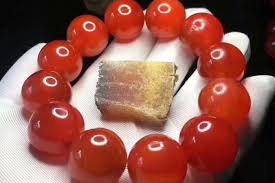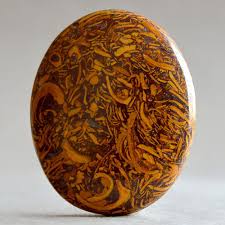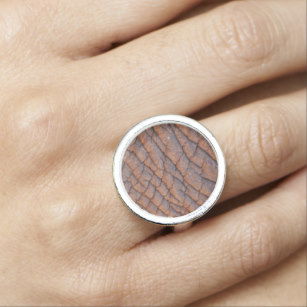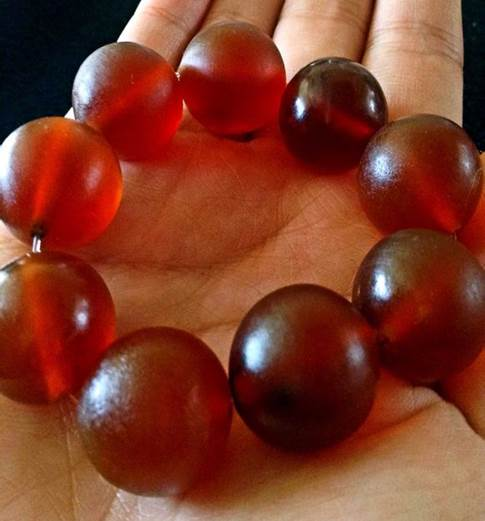-ELEPHANT SKIN JEWELRY-



Skin poaching of Asian elephants, a crisis unfolding in Myanmar, could crush the species.... In the past, ivory poaching has had a limited impact on Asian elephants because only adult males grow tusks, and even then it only happens 25 percent of the time.
Over the last three to four years, poachers have begun taking the elephant’s skin and turning it into ruby red jewelry. The skin is also ground into powder and sold as medicine (which is no curing substance).With about 50,000 left in the wild overall, Asian elephants are 10 times more endangered than African savanna elephants and half as common as African forest elephants. Unlike their well-known African cousins on the open savanna, Asian elephants prefer the seclusion of the thick jungle. Yet this insulation appears unable to protect from a new wave in poaching that is poised to wipe out the 2,000 remaining Asian elephants living in the wilds of Myanmar.
In the past, ivory poaching has had a limited impact on Asian elephants because only adult males grow tusks, and even then it only happens 25 percent of the time. Skin poaching is much more problematic than killing elephants for their ivory because it’s indiscriminate — it targets adult males, adult females and calves.
Asia’s rapid population growth and habitat loss, caused by development and mass agriculture for crops like rice and palm oil, has spawned a pattern of human-elephant conflict — both inside and outside of Myanmar. Asian elephants are known to consume crops and, when threatened, destroy human homes. In May, a 12-year-old Rohingya refugee was killed when an Asian elephant attacked a temporary housing settlement in Bangladesh.

Over the last three to four years, poachers have begun taking the elephant’s skin and turning it into ruby red jewelry. The skin is also ground into powder and sold as medicine (which is no curing substance).With about 50,000 left in the wild overall, Asian elephants are 10 times more endangered than African savanna elephants and half as common as African forest elephants. Unlike their well-known African cousins on the open savanna, Asian elephants prefer the seclusion of the thick jungle. Yet this insulation appears unable to protect from a new wave in poaching that is poised to wipe out the 2,000 remaining Asian elephants living in the wilds of Myanmar.
In the past, ivory poaching has had a limited impact on Asian elephants because only adult males grow tusks, and even then it only happens 25 percent of the time. Skin poaching is much more problematic than killing elephants for their ivory because it’s indiscriminate — it targets adult males, adult females and calves.
Asia’s rapid population growth and habitat loss, caused by development and mass agriculture for crops like rice and palm oil, has spawned a pattern of human-elephant conflict — both inside and outside of Myanmar. Asian elephants are known to consume crops and, when threatened, destroy human homes. In May, a 12-year-old Rohingya refugee was killed when an Asian elephant attacked a temporary housing settlement in Bangladesh.

